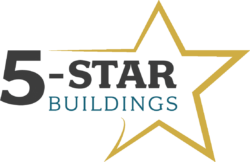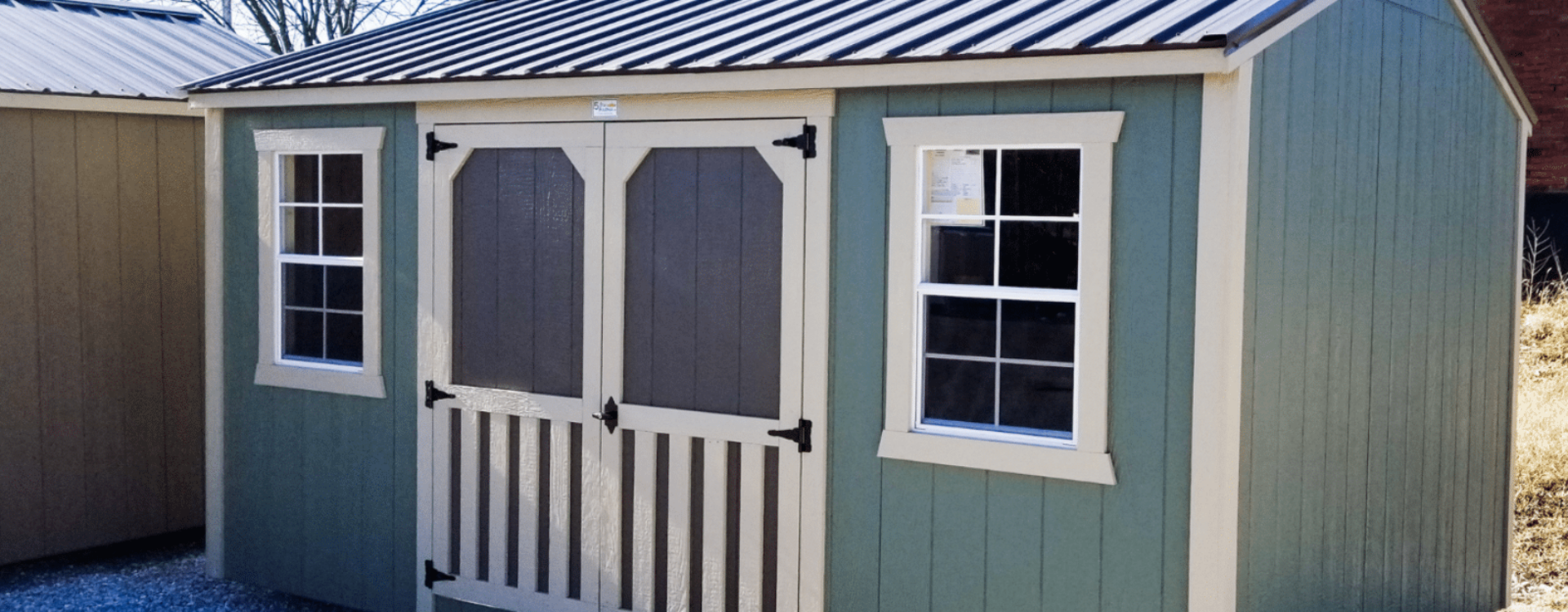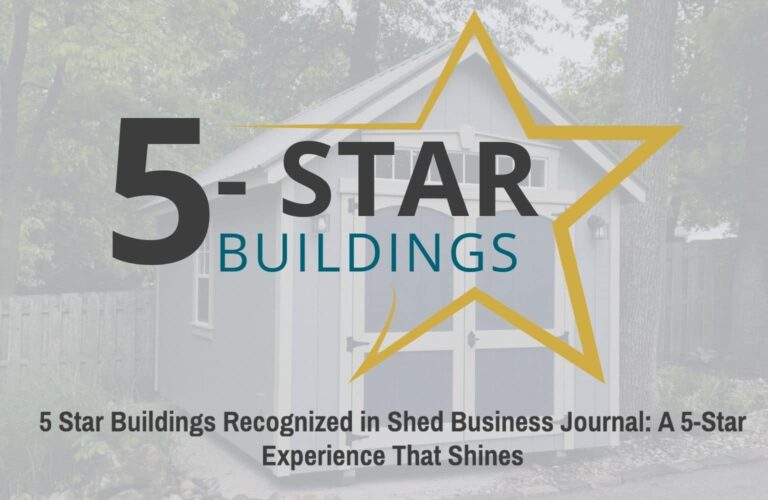10x16 Shed Foundations | The Ultimate Guide
Harrison Lutz - November 13, 2025
Table of Contents
10×16 storage sheds are a popular solution for storing many of the things for your life. Yet, trying to determine which foundation style is best for you and your needs can be a bit overwhelming. To help you, understand what 10×16 foundation will fit the needs you have, we have created a head-to-head comparison of all the different styles of 10×16 shed foundations on the market today.
*Not all sheds pictured in this article are built to 10×16 shed specifications. The purpose of this article is to display what a proper foundation looks like.*
How Much Does A 10×16 Shed Cost?
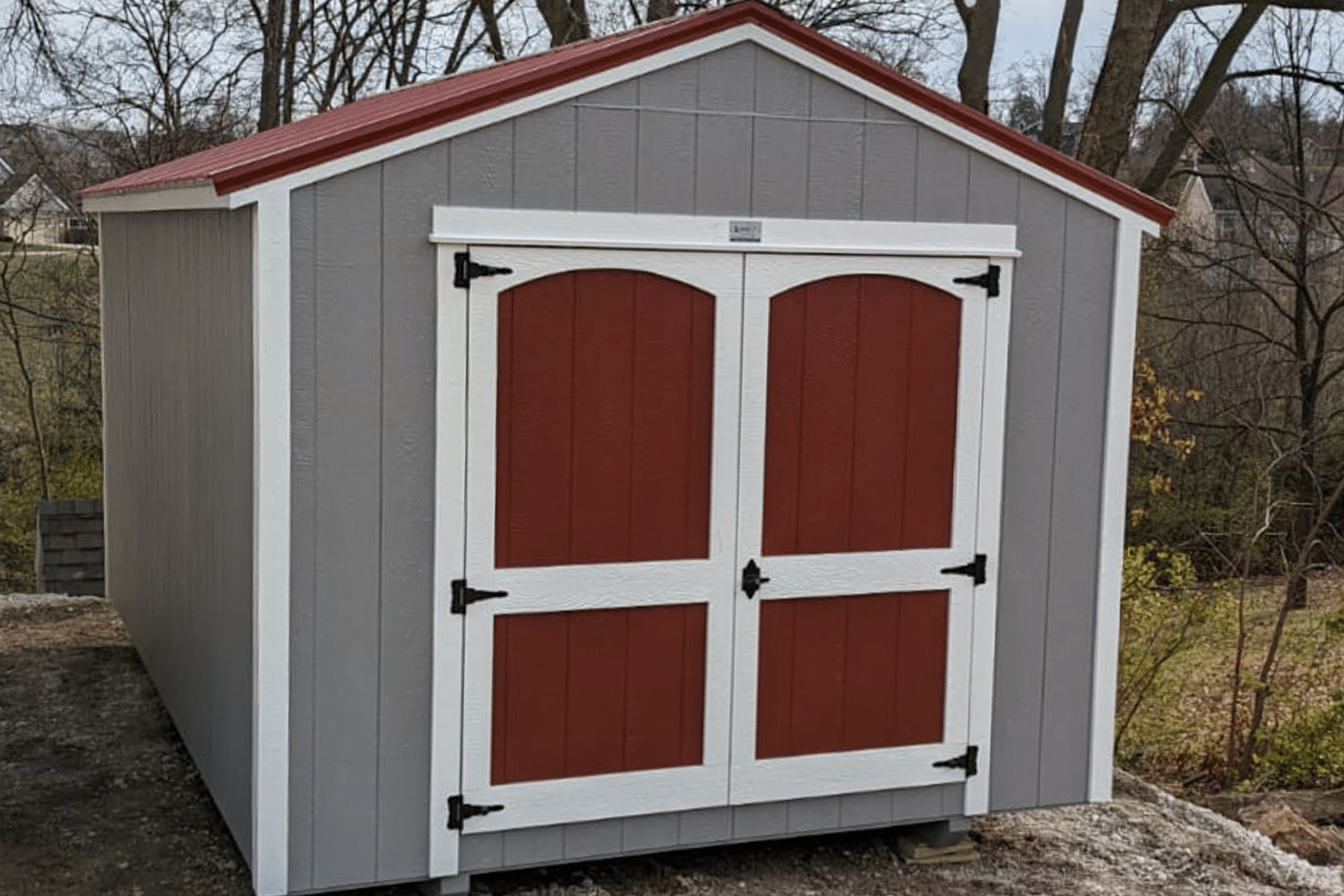

10×16 sheds will range in cost from $2,200* all the way up to $5,495*. However, something to keep in mind is that not all sheds are constructed equally. The sheds at the lower end of the price range will be built from inferior material, like a plastic resin, unlike those from the higher end of the spectrum, which are built from wood or vinyl.
However, at 5-Star Buildings, all of our sheds are built with high standards, no matter the design choice. In fact, we offer The Garden Shed, The Lofted Barn Shed, The Livery Shed, The Estate Shed, and The Minibarn. So head on over to our 3-D Builder and see which style suits you best!
*Prices are subject to change, so please contact your dealer for more information on prices on our sheds.
What Can I Store In A 10×16 Shed?
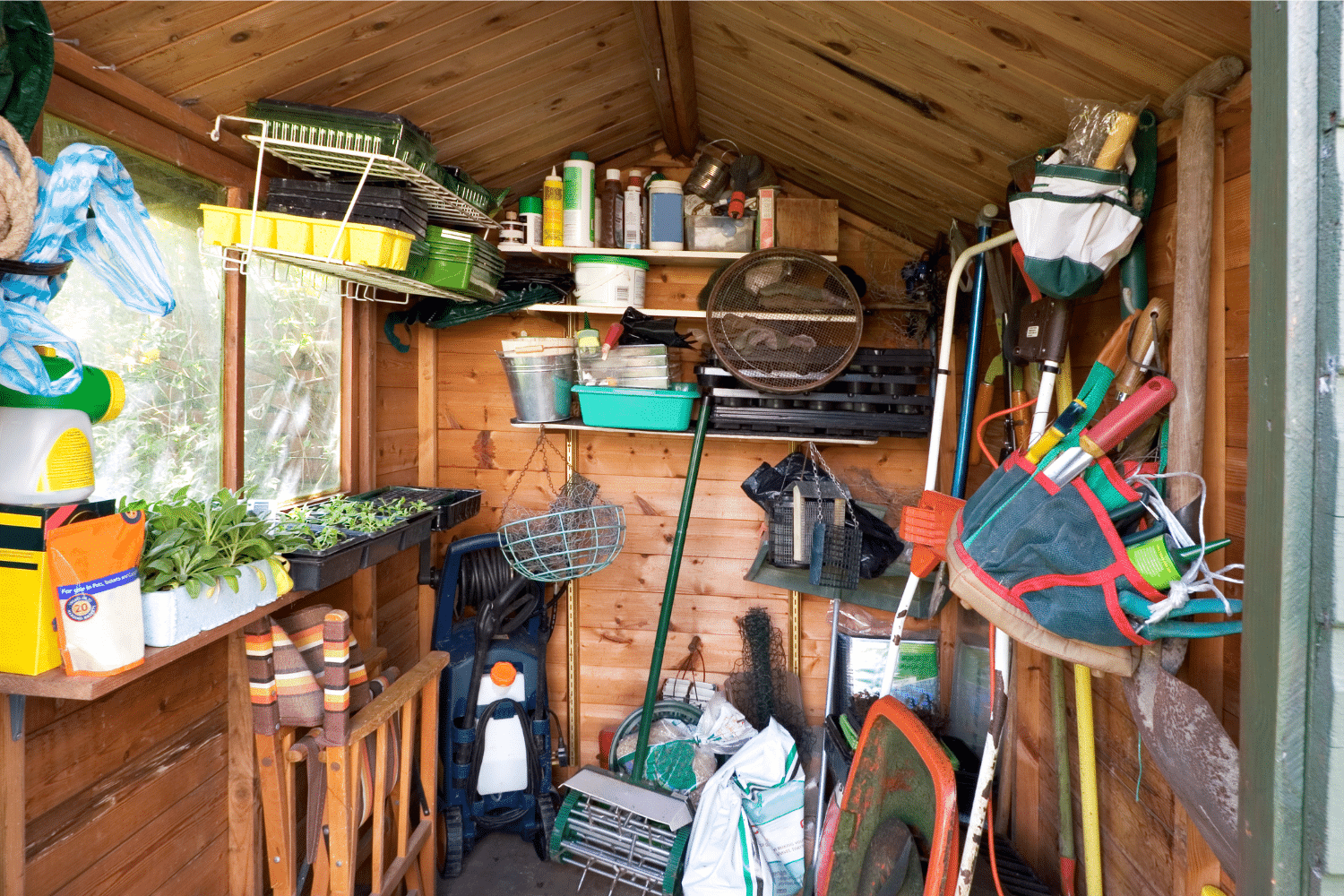

A 10×16 shed will offer you roughly 160 square feet of storage space. This means you will be able to comfortably store:
2 Adult Bikes
1 Small Patio Table
1 Patio Umbrella
1 Push Mower
1 Ride-On Lawn Mower
1 Generator
1 Wheelbarrow
1 Shop Vac
4 Camping Chairs
In our years of experience in the shed industry, we have found that these are often the items that most people need help storing. If this doesn’t seem like quite enough space, check out our blog on 12×16 Storage Sheds. If you would like to store more climate-sensitive items, you may want to consider insulating your shed for a more controlled environment.
Does My 10×16 Shed Need A Foundation?
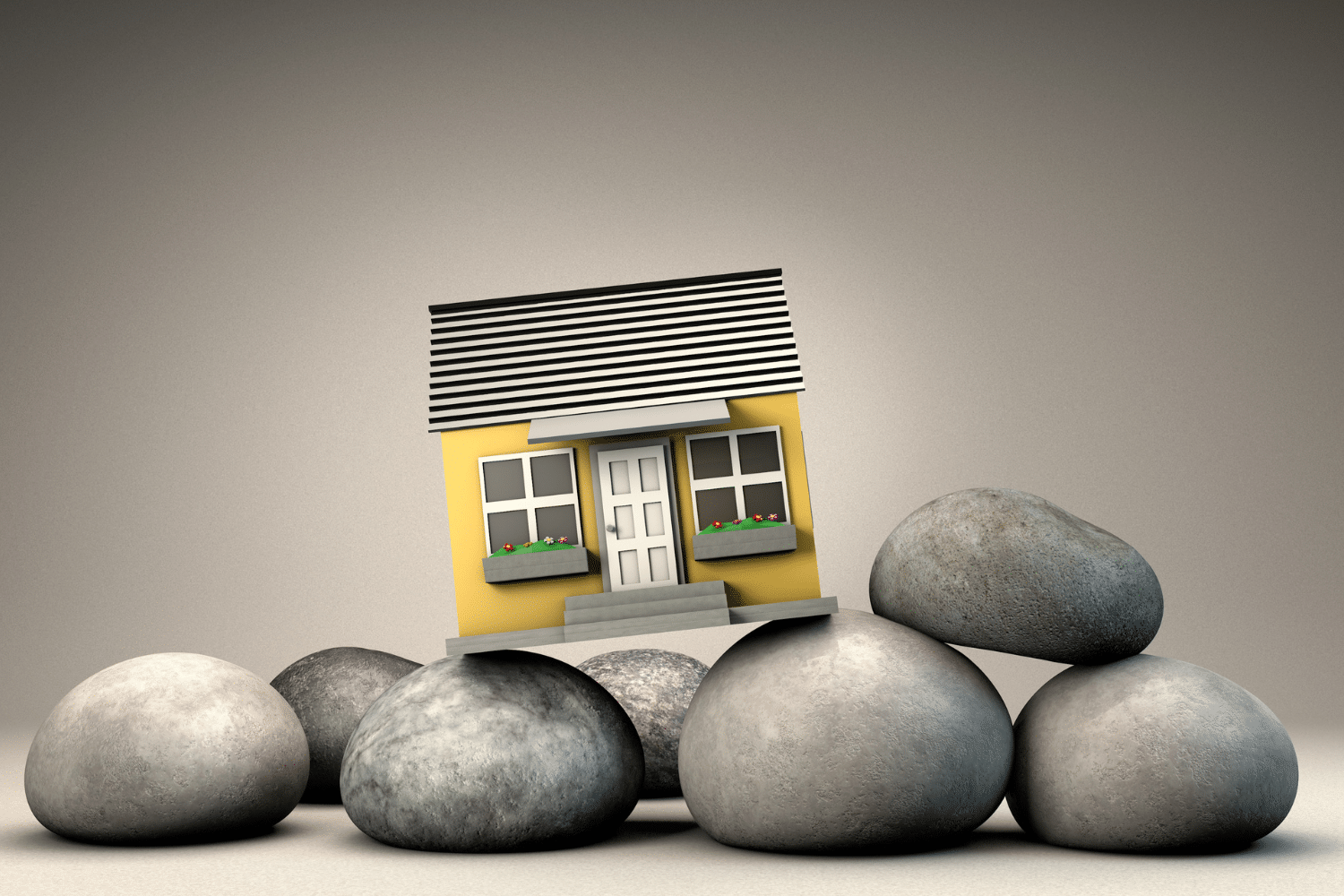

Yes. Your shed should have a foundation below it for two main reasons. The first reason is to give it additional stability so that the structure ages well and does not prematurely deteriorate. The second reason, which is equally important, is to make sure that proper drainage takes place and does not cause excess moisture to puddle up below the structure, causing damage.
Is It Difficult To Make/Install My Own Shed Foundation?


Installing your own shed foundation may be difficult, depending on which foundation option you choose and what your skill level is. The easiest type of foundation to put into place for all skill levels is a gravel shed foundation. This is due to the fact that stone and gravel can be delivered and set into the designated footprint space that you need for your shed.
How Big Does My 10×16 Shed Foundation Need To Be?
This may sound kind of funny to say, but your 10×16 shed foundation should be one foot longer and one foot wider than the actual shed. This means your shed foundation should be 11×17. In the above video, you can see how people create gravel shed pads and how you can create one for yourself. Of note, we do not offer this service and do not have anyone to recommend to do this service. Yet, we believe that there are 10 reasons why the shed foundation needs to have extra space around the structure itself.
10 Reasons Why Your 10×16 Shed Foundation Matters
Proper Drainage
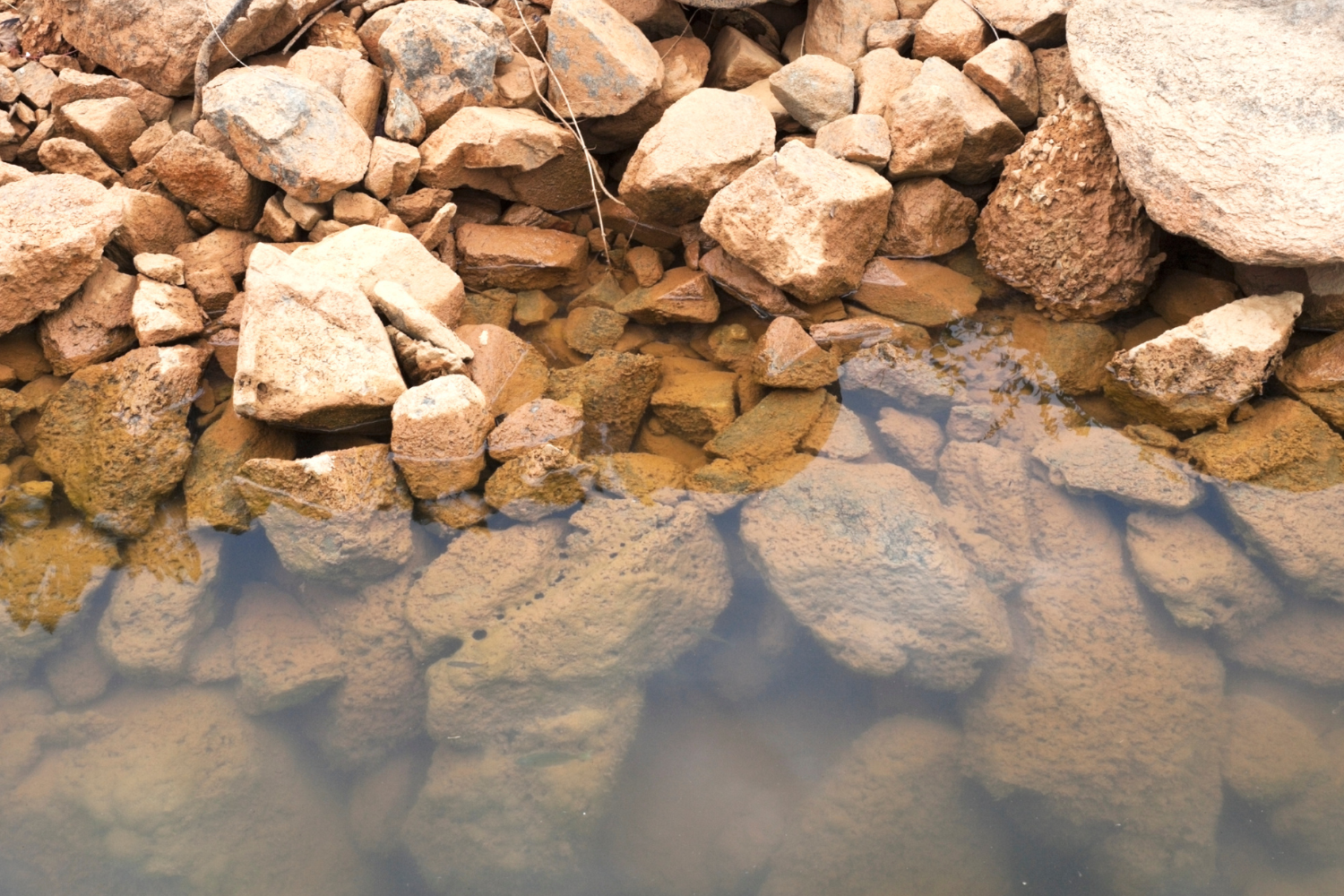

Excess space around the foundation of your shed allows for better water drainage. By having the proper type of drainage, you will prevent water from pooling around the runners of your shed. This means your shed should not be damaged by the water or start to rot prematurely.
Enhanced Stability


The extra space found around the foundation of your shed provides you with added stability. The way your stability is increased by having a foundation around your shed is by preventing soil erosion. Soil erosion occurs when too much water either runs or puddles up under the shed. When soil erosion takes place, it will cause your shed to become “lop-sided” or have that dreadful sticking door people often associate with an old shed that has not been well taken care of. While we are happy to build you another shed, we want to see your shed last as long as possible.
Proper Air Circulation


Adequate space around the shed allows for proper air circulation. The reason air circulation is so important in your shed is that it prevents moisture buildup and mold growth. By preventing the build-up of mold and moisture, you will increase the longevity of your shed as well as keep the allergens of mold and mildew away from you and your family.
Easy Accessibility
Having extra space around the shed allows for easier access. No matter if you are fixing some dinged-up paint from a rock that hits the siding, spraying to keep bugs away, or need to rake around your shed. We have seen this extra space around the shed to be very helpful in giving you some additional working space. This means less hassle for you and a longer life for your shed.
Fire Safety
When you purchase a shed, you never think that a fire will happen. However, fires are a sad reality for many people. Whether your fire starts in the shed or a surrounding structure, your shed’s foundation can provide additional safety. If the fire starts in your shed, your foundation will keep your building further away from other structures, leaves, or vegetation. Which in turn would cause less overall damage. On the other hand, if the fire starts outside of your shed, the appropriate foundation and perimeter may prevent the shed from catching fire at all.
Pest control:
You might think that putting your shed on a foundation would welcome critters to take up residence under your shed. However, having your shed on a foundation does quite the opposite. Adequate space around the shed can make it harder for pests like rodents and insects to access the shed without you noticing. We believe having a clear line of sight to what is going on under your shed will allow you to reduce the likelihood of an unwanted infestation.
Aesthetics


When you buy a shed, you don’t only want the building to look great, but the whole area around it to look great as well. The extra space around the shed can enhance the overall appearance of your property, as some people have created beautiful sitting areas in front of their shed for themselves and others to enjoy. On the whole, a well-constructed shed foundation makes the shed more attractive and allows for the area to be well-maintained.
Storage


Now it may sound odd to say that you would want to store things outside of your shed. However, having additional space around the shed can provide extra storage space for outdoor equipment and tools. Think of it like this. You may put a shed by your pool and then place brackets to store your skimmer or vacuum on the backside of your shed. By having the extra 6 inches of space on the outside of your shed, you will have adequate and easy access space for outside storage.
Future Expansion


If you ever decide to expand the shed in the future, having extra space because of the foundation will make it easier to do so. Now you may need more than six inches worth of space to do what you would like to do. However, maybe you need to store just a few small things, like pool toys or life jackets. The extra six inches of foundational space would allow you to create an outdoor closet of sorts so that you can store the items outside of the shed and still be within your footprint of the foundation.
Building Codes
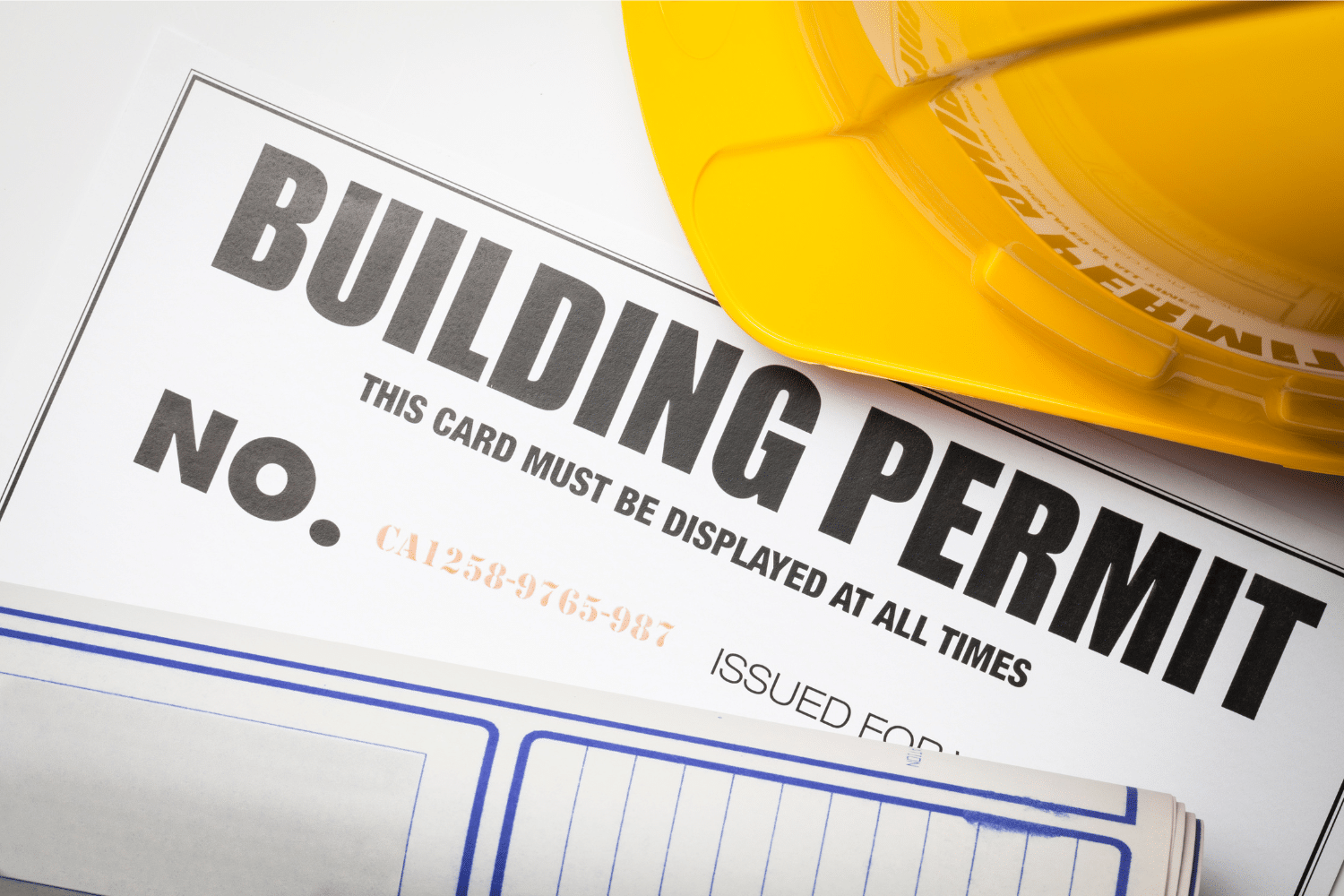

Every municipality is different, but many of them require a certain amount of space between a structure and the surrounding area. This often includes sheds. By placing your shed on a foundation, you give yourself the added benefit of complying with zoning laws, all while increasing your shed’s overall integrity.
What Type Of Shed Foundation Is Best For A 10×16 Shed?


If you ask 10 shed builders what shed foundation is best, you may end up with 10 different answers. We believe the best foundation is gravel and poured concrete. Gravel is our go-to foundation recommendation. The reason we recommend this style of foundation is that it is typically the most affordable and allows for proper drainage around the structure. The second-best foundation is the poured concrete foundation. The reason we say this is the second-best option is that the cement foundations are very expensive and, if not put in properly, can allow puddling to happen where you can not see it. This is especially true for buildings that exceed the 10×16 size. However, concrete foundations are a great option for those who need to store very heavy equipment in their sheds, such as woodworking tools or multiple ATVs or motorcycles.
10×16 Shed Foundation Styles
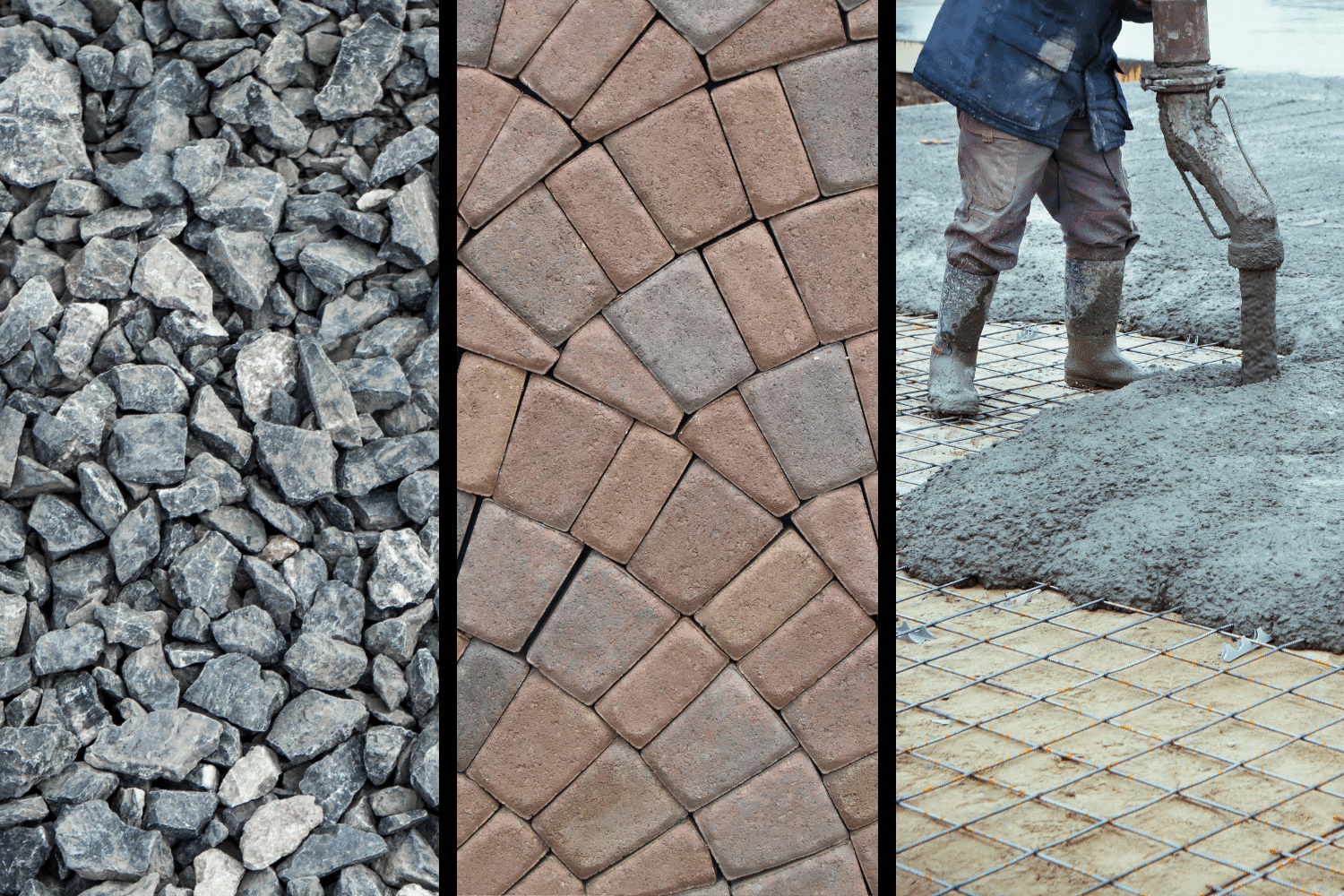

Picking the proper foundation for your shed is equally important as selecting the shed that you want. Without the proper foundation, your shed will start to deteriorate and become damaged. To help you determine which shed foundation is the best for your shed needs, we have selected several foundation options.
10×16 Shed Foundation – Gravel


Gravel Shed foundations are the most common and practical shed foundations on the market today. These foundations utilize the crushed stone to allow for a permeable foundation that drains water away easily. This shed foundation will prevent the skid from prematurely rotting. Since the gravel foundation has the ability to properly drain, it should ensure that the moisture will not pool under the shed itself.
What we really enjoy about gravel shed foundations is the customization options. While the base layer should be crushed stones, the top layer can be any kind of stone that you wish. Some of the stone styles that people enjoy putting on their top layer of stones are River Pebble, Mexican Beach Pebble, and Black Beach Pebble.
Take a look at our video, where we describe how to prepare your gravel shed foundation for shed delivery.
Pros:
Relatively Affordable
Materials Are Easy To Find
Color Preferences
Drains Easily
Can Be Moved If Needed
Cons:
Decorative Rocks May Need to be Replaced
Easily Washed Away From the Site
10×16 Shed Foundation – Poured Concrete
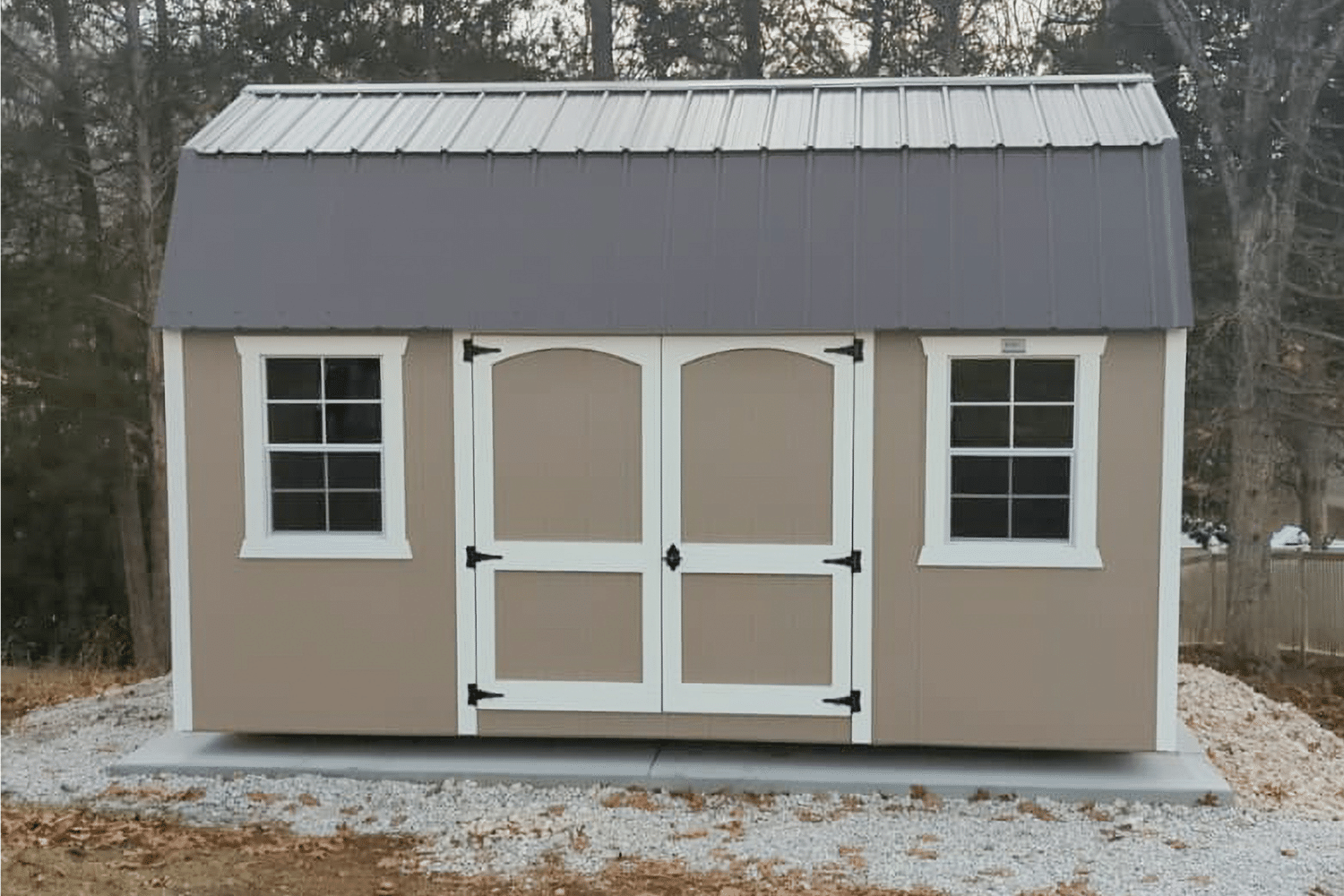

Poured Concrete Shed foundations are a great option for your 10×16 shed, especially if your building is holding heavy equipment. These pads do a great job of evenly distributing the weight of the shed and ensuring that the framing does not become warped. However, these shed pads are very expensive and will not allow you to easily change the location of your shed should you need to move it.
Pros:
Permanent
Durable
Low Maintenance
Cons:
Very Expensive
Difficult to do on your own
Can not be moved
Maybe you have decided that this type of foundation is the best fit for your needs. The next natural question that people ask is, “ How much does this cost to do it on my own”? For that, take a look at the video below to see how much it may cost you to do this project, or if you think it is worth hiring a professional to do the work for you.
10×16 Shed Foundation – Pavers
Pavers are a common and popular way to give your shed a foundation. However, if this shed foundation is not put into place properly, it will function almost as if the shed is directly on the ground. This is an issue as it can bend and twist the frame of the shed as the ground levels out over time. Ultimately, this will cause your shed to not be able to function properly. (*The shed featured in this video is not 10×16 in dimensions),
Pros:
Customizable
Easy to install
Relatively affordable
Cons:
Shifting
Can Crack
Not as permeable as gravel
If you are not sure if a paver foundation will fit the needs you have, take a look at this video. This will give you a guide on how to install a simple paver foundation. Ideally, you would only use this kind of foundation if your shed is storing lightweight items and not heavy machinery.
10×16 Shed Foundation – Cinder Blocks
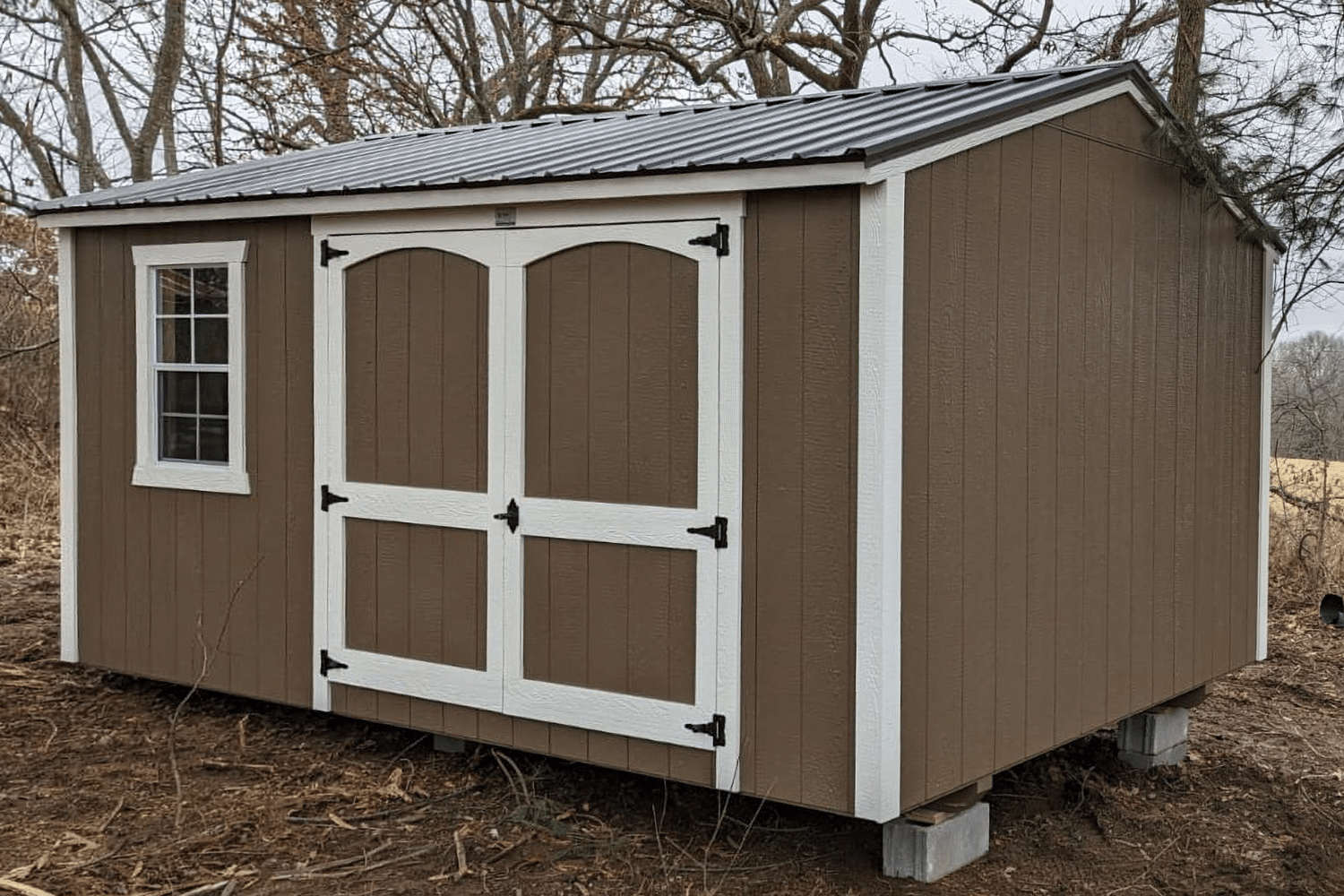

Cinder blocks are a cheap and inexpensive way to give your portable building some increased stability and foundation. Yet, cinder blocks may not be the best option for a portable building foundation if it is not set up properly. However, many smaller sheds can be just fine on nothing but cinderblocks. And just in case you are wondering, yes, cinder blocks are helpful in leveling out a foundation when needed.
However, when your shed is put on cinder blocks as the sole support, several main issues may arise. Commonly, what we see with the doors is that they may need to be adjusted to compensate for shifting. If the blog foundation is not set properly, you may notice sagging in the middle of the shed due to a lack of support. Lastly, and most importantly, your shed can become inhabited by wildlife using the floor as the “roof over their head.” We have even heard of reports where stray cats, rabbits, or skunks take up home under your shed and can make the area of your shed less than ideal to work with.
Pros:
Cheap
Easy to Install
Cons:
Shift
Can Crack Easily
10×16 Shed Foundation | Directly on the Ground
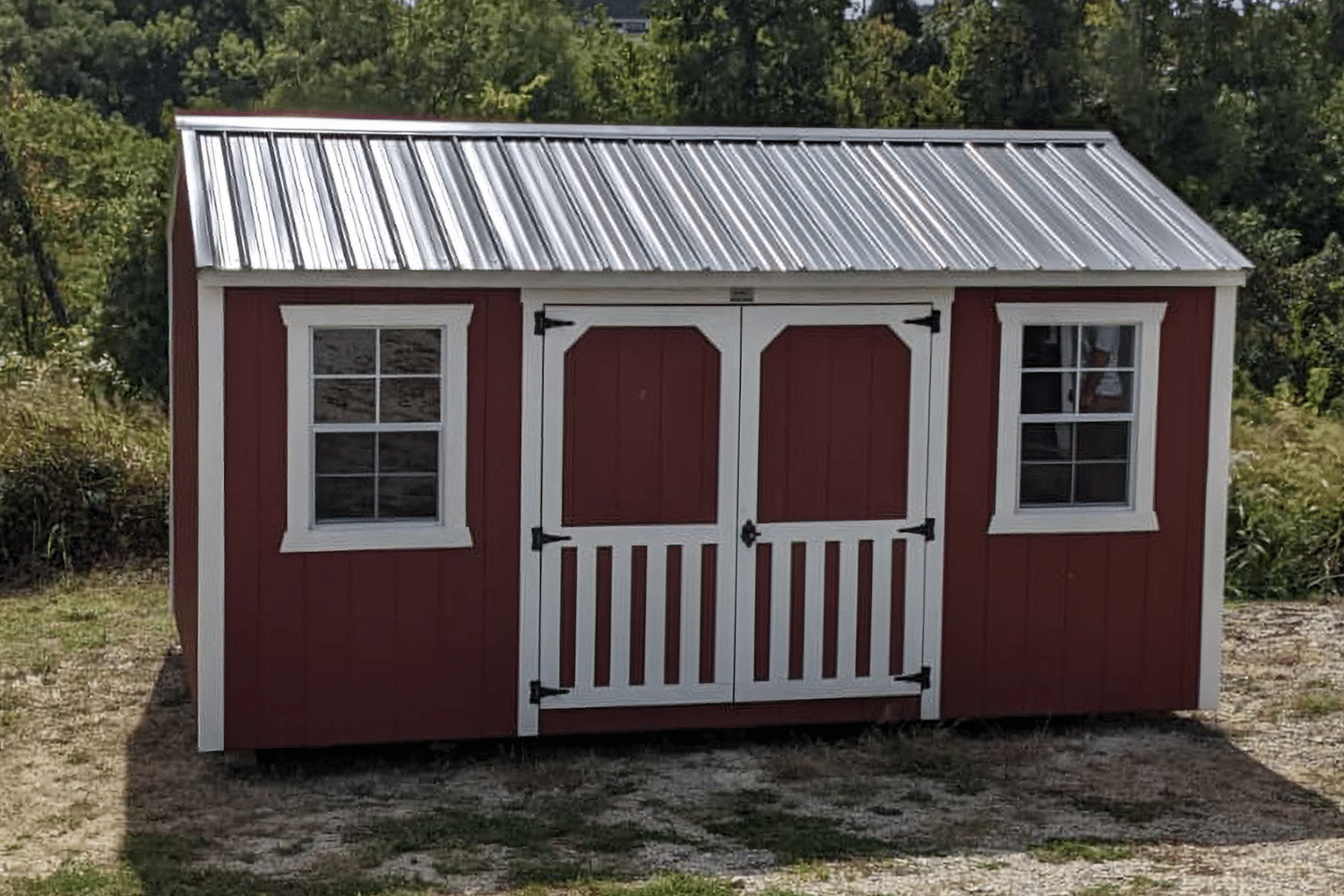

Your shed is built on runners and joists that give your structure a floor. Many people believe that this system is enough of a foundation to give their building the stability it needs. While we would never sell you a building that can not do its job, we believe that the life of your shed is greatly decreased when placed directly on the ground. That is why we strongly advise against placing your shed on the ground directly.
Pros:
No need for an additional cost
Less expensive
Cons:
Decreases the life of your shed
Ultimately, it costs more when a new shed is needed earlier than anticipated
Top 4 Considerations For Selecting the Right 10×16 Shed Foundation


When you are considering how to select the best foundation for your shed, we think there are four items to keep in mind. Each one of these tips is important. However, one thing we want to emphasize is that having your shed on a foundation is integral to improving the life of your shed.
Budget


Consider your budget when choosing the proper shed foundation. While a concrete slab foundation may be the most durable option, it is also the most expensive. A gravel foundation or block foundation is a more affordable alternative. However, keep in mind that the foundation you pay for will greatly impact the longevity of your shed. A good piece of information to keep in mind for your shed foundation is that spending less now may cost you more later, and spending more now may cost you less later.
Climate
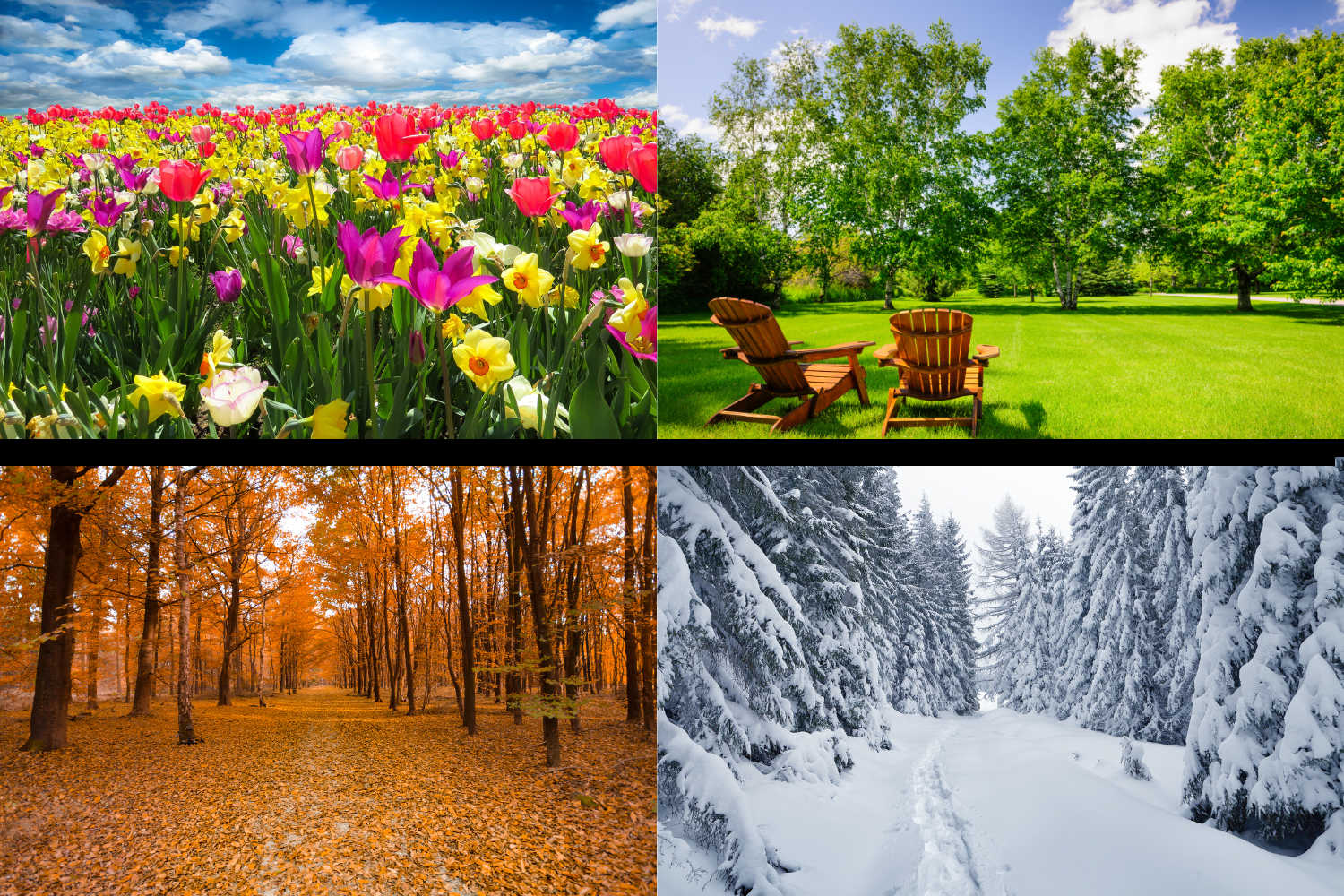

Consider the climate in your area when choosing a foundation. For example, if you live in an area with heavy rainfall, a gravel foundation may be the best option to prevent water from seeping into the shed. While cement slabs are a great foundation for sheds, they may cause puddling underneath the structure that you can not see. This collection of water causes your sheds to sit in water and increases the rate at which aging will take effect. Additionally, if you choose pavers, cinder blocks, or to be directly on the ground, you may run into issues with how the wood warps or twists over time and not being on a solid base.
Use
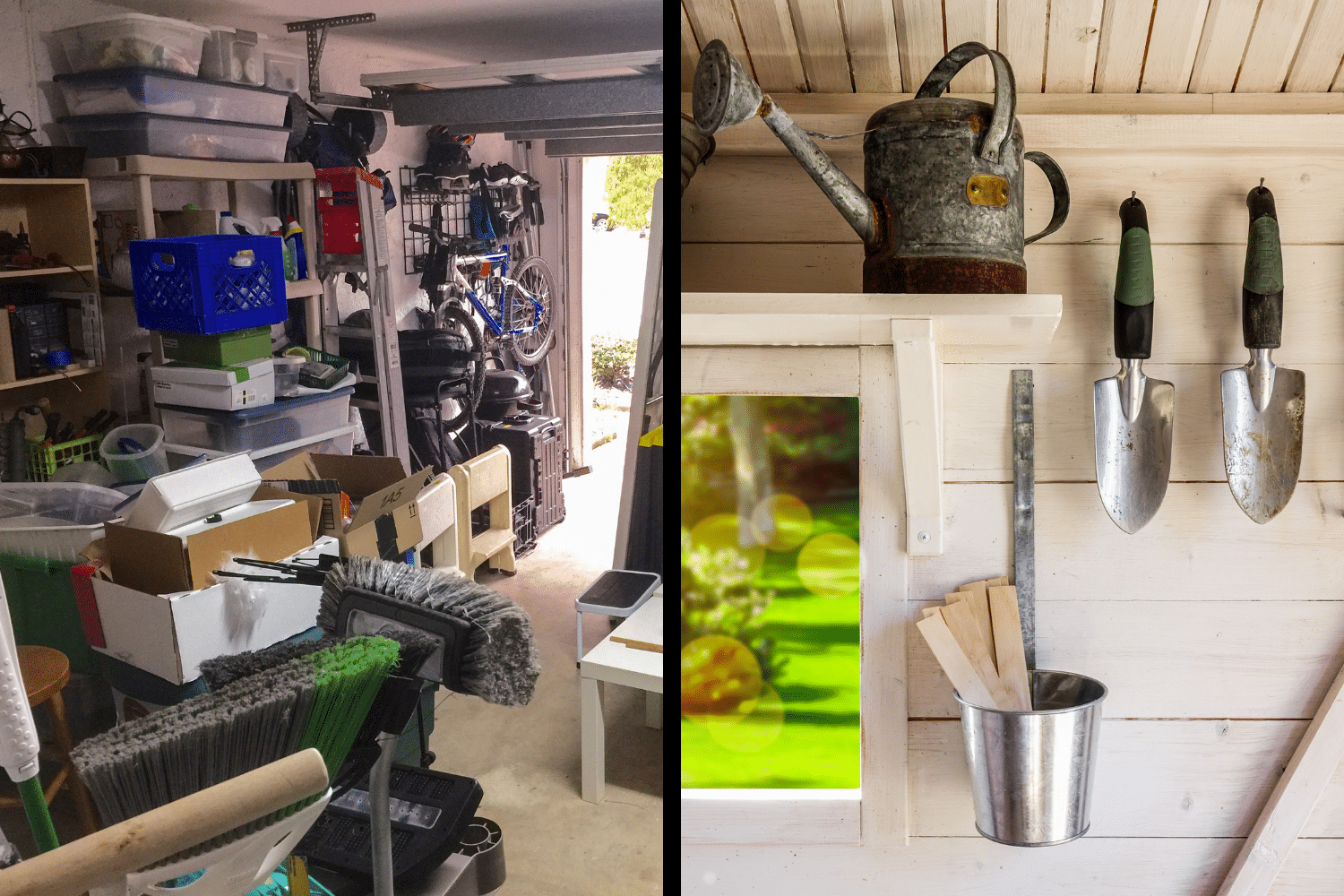

Think about how you plan to use your shed when choosing a foundation. If you plan to use it as a workspace or hobby area, a concrete slab foundation may be more suitable due to the weight of the items within your shop. However, if you plan to use your shed to store your typical lawn mower and patio furniture, you may not need as robust a foundation system. In this context, a gravel shed foundation should be more than sufficient for the needs you have!
Permits
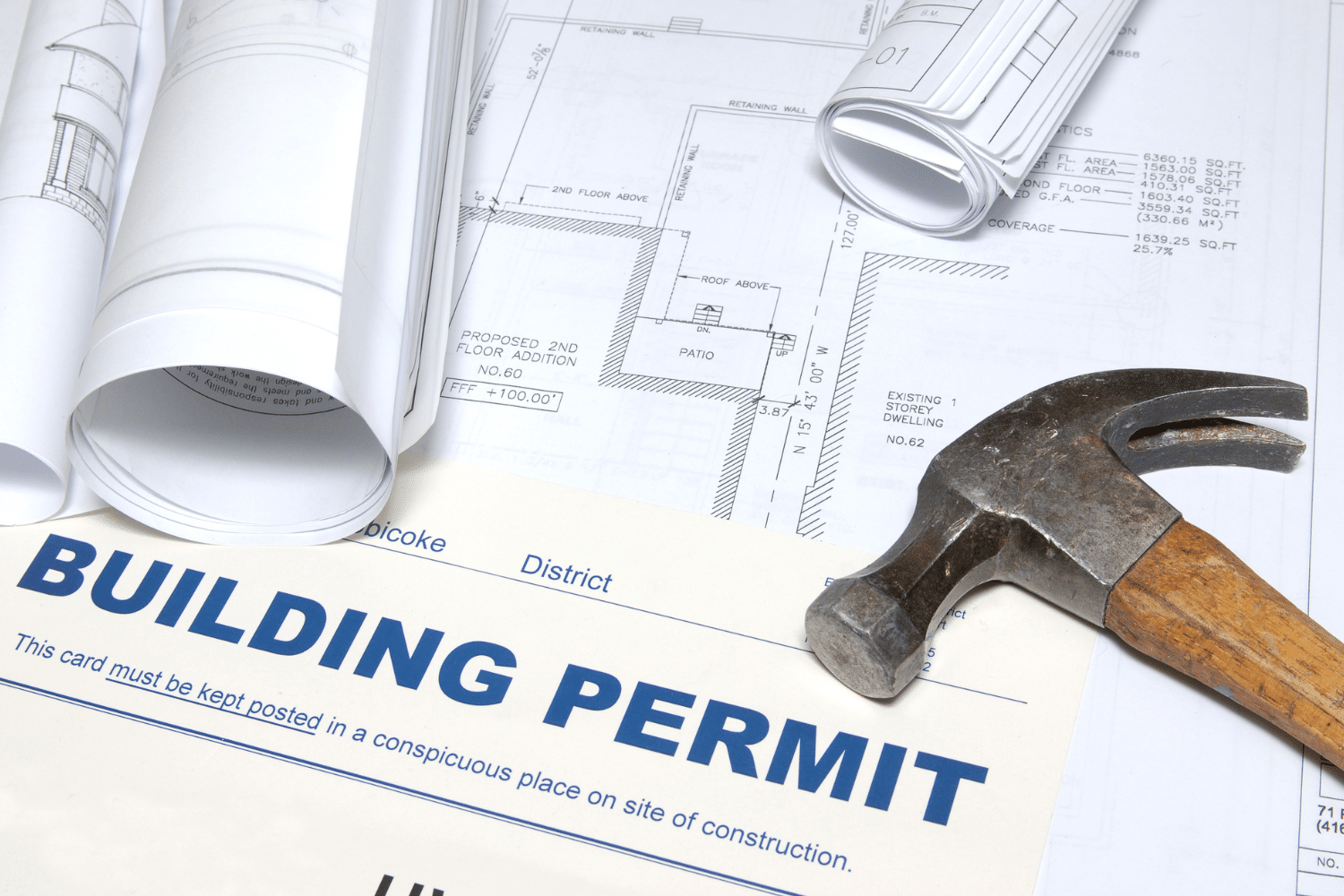

Each part of the country will have different codes that may require you to have a building permit. The best way to see what kind of permits you need is to contact your local zoning and building code officer. They will be able to tell you what kind of foundation will require you to obtain a permit. Keep in mind that the need for a zoning permit may vary within each municipality, so if you plan to move your shed, it is best to see what the new zoning area will require.
So, What Foundation For Your 10×16 Shed Suits Your Needs The Best?


As we have mentioned, we think that the best option for a 10×16 shed foundation is either a gravel or poured cement pad. However, it ultimately comes down to which shed foundation fits your needs the best. If, after reading this article, you are still not quite sure which option will be best for your needs, give us a call! We would love to help you determine which shed foundation is the best for your shed, garage, or cabin!
